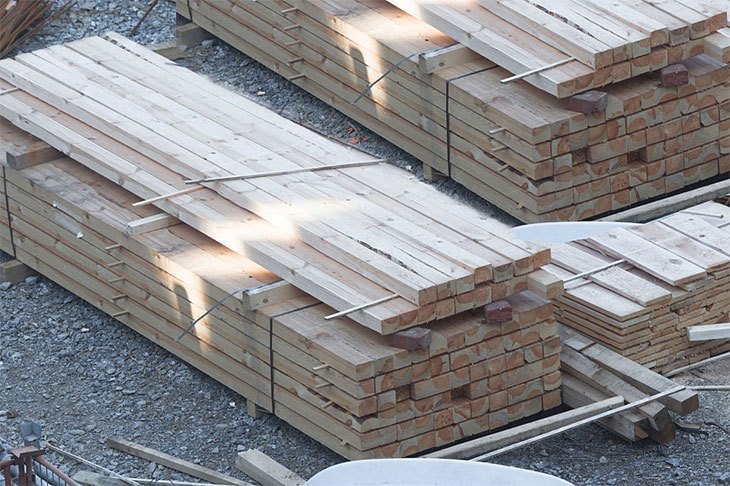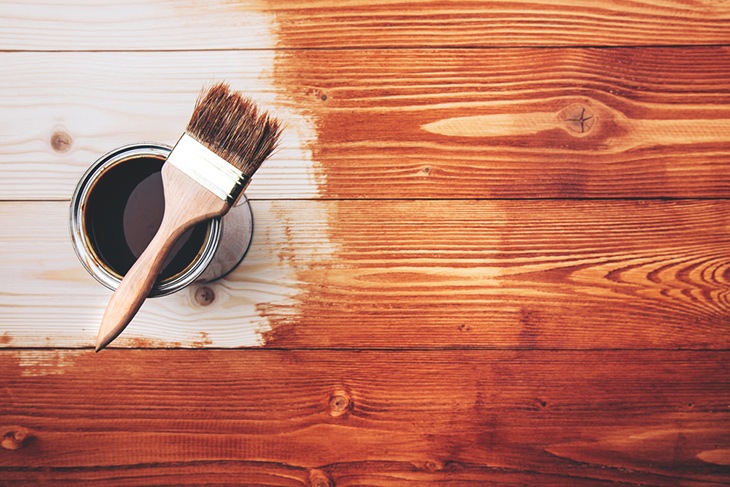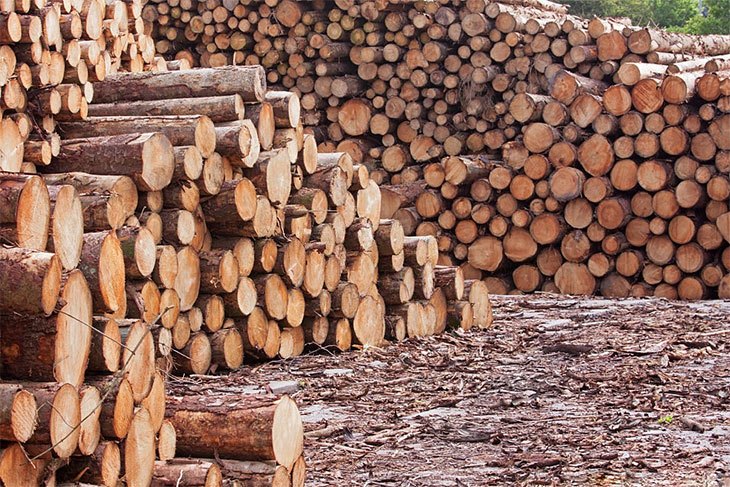While strolling through the furniture stores, gazing at all those shiny and brand new household items, there’s a high ninety, or furthermore, ninety-nine percent chances that you’ve bumped into a label that said “one hundred percent whitewood.”
And chances are, let’s say a hundred percent that the item on which the aforementioned label was, is way more affordable than hard maple or Chinese cedar.
You must’ve wondered, even for a second, why? What is whitewood and why is it cheaper?
It all looks the same to an inexperienced eye.
In case you’re experienced in woodworks, you should probably go and read some of our other articles.
However, it is strongly recommended that you stay and continue reading just to double-check your current knowledge.
Anyways, it’s the text below you can find everything about whitewood you always wanted to know.
Fill out your brain cells with some interesting facts like what type of wood is whitewood and how it differs from its relative pine. Or just get inspired to do some DIY whitewood pieces.
You may simultaneously learn how to paint whitewood. It’s all here.
Everything about this precious botanical curiosity given to humans by a generous hand of the mother nature itself is finally demystified.
More...
What Type of Wood Is Whitewood?

Well, whitewood is actually a liriodendron tulipifera that doesn’t like being called with its botanical name.
So, it introduces itself as whitewood or at least marketers and sellers address it that way.
Some synonyms for whitewood are tulip tree, American tulip tree, tulip poplar, whitewood, fiddle-tree, and yellow poplar.
Name it as you wish, but keep in mind that whitewood is the tallest eastern hardwood that can grow to, believe it or not, more than 160 ft, which is 50 meters, that makes it one of the most valuable timber trees.
Knowing that it is a fast growing tree, it’s safe to say that it doesn’t have any common problems that few species have, like weak wood strength or short lifespan.
The flowering period for whitewood starts in April. In the springtime, the flowers bloom to pale green or yellow and rarely white.
It’s a good thing to know that whitewood, or the tulip tree as the botanic call it, is the state tree of even three states in the USA. These states are Tennessee, Kentucky, and Indiana.
Let’s hope this will help you on some pub quiz someday.
Facts About Whitewood

Just to sum up and clear out the name difference, whitewood is a term used by marketers and it represents the woodwork version of the actual tree.
This tree is found in the woods. So it’s all polished up and ready for the use. Also, it is called whitewood because it is very light.
Wood is usually described as light yellow to brown. Sapwood, on the other hand, is creamy white.
You’ll know it’s whitewood if it fits the following description: it is light, soft and straight grained. With no doubt, whitewood is used in organs. This is because of its magnificent ability to take a smooth, fine and precisely cut finish wood.
It is effective and seals easily against valves and pipes. Whitewood is broadly used in interior finish of houses, and also for siding clapboards.
It is also used in panels of carriages, pattern timber, coffin boxes and wooden ware. One of a distinct feature of this wood is that it is resistant to termites.
And just when you thought it couldn’t get better, you’ll hear this. A man named William Stafford dedicated it a poem named “Tulip tree”. Amazing, right?
Whitewood Board Versus Pine
In a nutshell, the difference between these two, the whitewood and the pine wood is very thin, as thin as the needle. If not, slim to none. It all begun with the scarcity of the better qualities of the white pine.
Basically, the shortage of pine made whitewood reach to the stars.
Whitewood took its place to some extent, especially in the terms of using the wide boards.

How Good Is Whitewood For Furniture?
As good as it gets, whitewood is a perfect material if you’re looking for a durable and affordable way to build some of your own furniture or even buy a whitewood furniture piece in the store.
This wood has appealing light color because of which it is called whitewood. It easily matches with almost any interior style.
Whitewood offers, definitely, some of the most affordable yet not lacking quality solutions to the trouble of furniture choice.
Let it be dining, kitchen, living room, home office, juvenile or bedroom, table, chair, stool, cabinet or shelf, or basically anything your heart desires, in the field of furniture, of course, whitewood will do the job.
How To Paint Whitewood?
If you’re about to paint whitewood, bare this in mind, that whitewood is smooth and very fine in texture.
So, you should consider that paint needs a texture for it to grip.
If there’s no texture, you’ll need much more paint, even several coats of paint in order to actually cover the wood.

Steps to Follow
And voila, you’ve painted your whitewood, great job!
Is Whitewood Good For Outdoors?

Whitewood is naturally termite resistant wood. Therefore, it is a good choice for a lumber to buy if you’re considering refurbishing your garden.
Even though it’s not as durable as, compared to cedar or some other woods specialized for the outdoors. There will be no damage done if the furniture is kept on concrete pads.
If not, a coat of maintaining finish should do the trick. With that coat, whitewood will last for a longer time.
Of course, as any other wood, it should be kept away from any water since the water is the biggest helper of the wood failing.
Whitewood – Value For Money
All the way from green, grassy, sunny environment where the whitewood trees grow, through the woodwork processing and making a lumber out of it, the whitewood definitively has good value for money.
It may not be a cedar or mahogany, but it’s being itself.
Whitewood is an affordable, termite durable, easy to paint, ideal for furniture type of lumber. And it deserves a bit more trust than the amount it’s getting, or more precisely not getting.
So, the next time you’re doing the lumber shopping, give it a try.
It might just surprise you.
